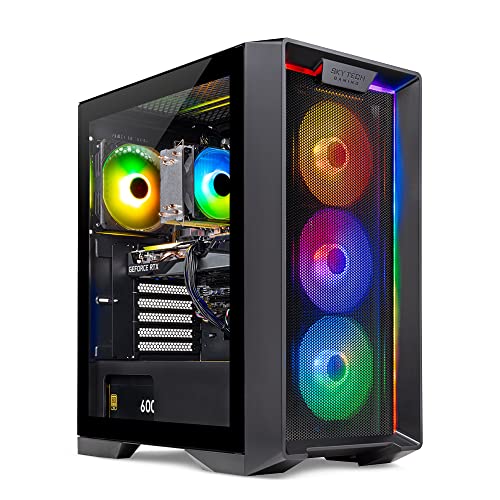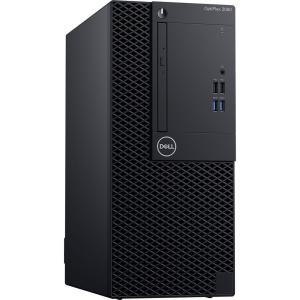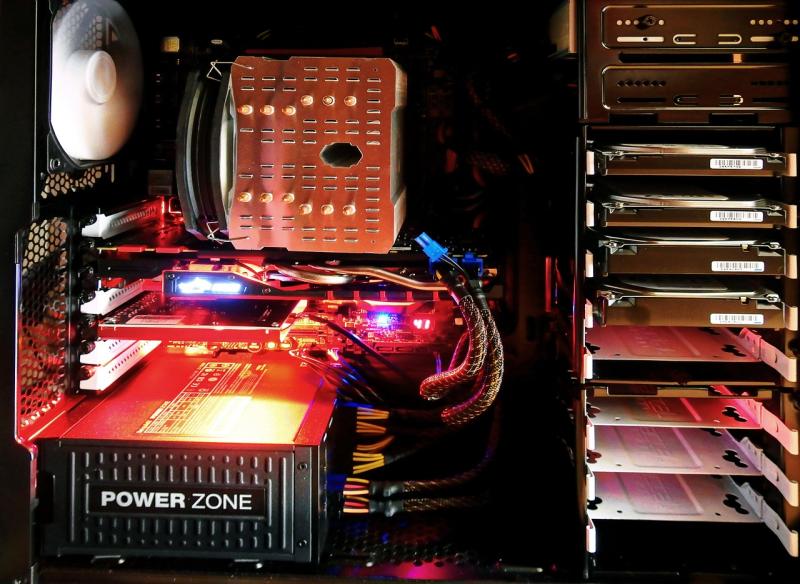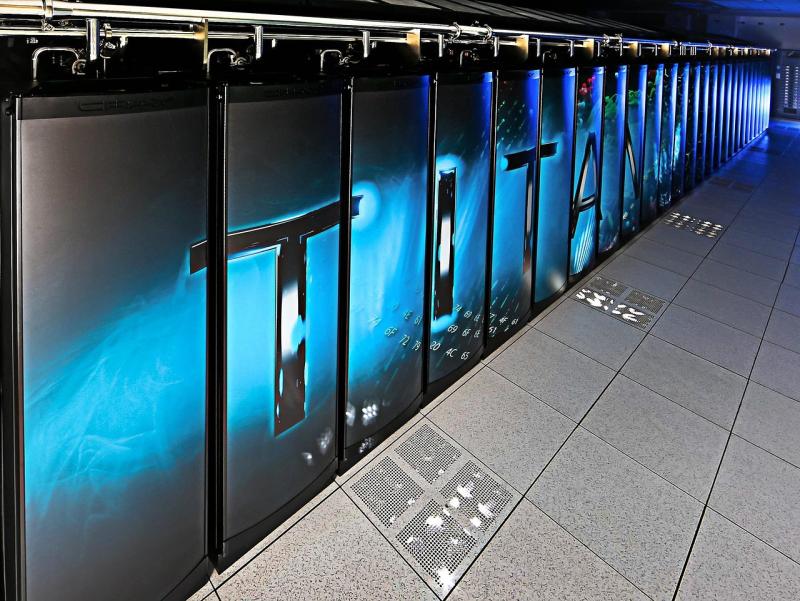**Introduction**
Virtual Reality (VR) is revolutionizing education, providing immersive learning experiences that transcend traditional classroom boundaries. Advanced PC hardware now integrates seamlessly with VR systems, empowering educators to create dynamic, interactive environments that foster better engagement and deeper understanding. In this article, discover how high‑performance PCs, next‑generation VR headsets, and precision tracking sensors are redefining educational experiences for students and professionals alike.
**Technological Innovations**
- **High‑Resolution VR Headsets:**
Cutting‑edge VR displays with OLED panels and high refresh rates deliver crisp, immersive visuals that enhance the realism of virtual classrooms.
- **Precision Motion Tracking:**
Advanced sensors and motion‑tracking technology guarantee accurate, real‑time data on user movements, facilitating interactive educational simulations and training exercises.
- **Integrated Audio and Haptic Feedback:**
Immersive audio solutions paired with haptic devices create a multisensory learning environment that replicates real‑world conditions, making virtual experiences more engaging.
- **Cloud and Edge Computing:**
Powerful PCs integrated with cloud computing enable real‑time collaboration and data sharing, allowing students and educators in different locations to interact within the same virtual space.
**Applications and Benefits**
- **Enhanced Student Engagement:**
Immersive VR experiences create interactive lessons that captivate students, fostering better retention and comprehension.
- **Real‑World Training Simulations:**
Industries like medicine, aviation, and engineering can leverage VR to provide safe, realistic training scenarios that effectively simulate real‑life challenges.
- **Collaborative Learning:**
Virtual classrooms and collaborative VR environments enable group projects and interactive lessons, promoting teamwork and creative problem solving.
- **Cost‑Effective and Scalable Education:**
By reducing the need for expensive, physical setups, VR provides scalable learning solutions that can be easily updated and distributed across diverse educational settings.
**Future Directions**
In the coming years, AI‑driven VR environments may offer personalized learning experiences that adapt in real time to each student’s pace and understanding. Improved wireless VR headsets and haptic technologies are expected to further enhance interactivity, enabling a more integrated, immersive, and accessible digital learning landscape.
**Keywords:** VR in education, immersive learning, virtual reality classrooms, interactive simulations, high‑resolution VR, motion tracking, cloud‑based education, digital training, educational VR
Immersive VR in Education
Transforming Learning Environments with PC Hardware
Related Articles
Essential High-Performance PC Components You Need Now
Upgrade your setup with the must-have parts for unbeatable gaming and productivity
Top Picks for Best High-Performance PCs
Find the perfect power machine for gaming, work, or creative projects
Your Guide to the Best High-Performance PCs
Find the Right PC for Your Gaming and Creative Needs
View our related products
See more






